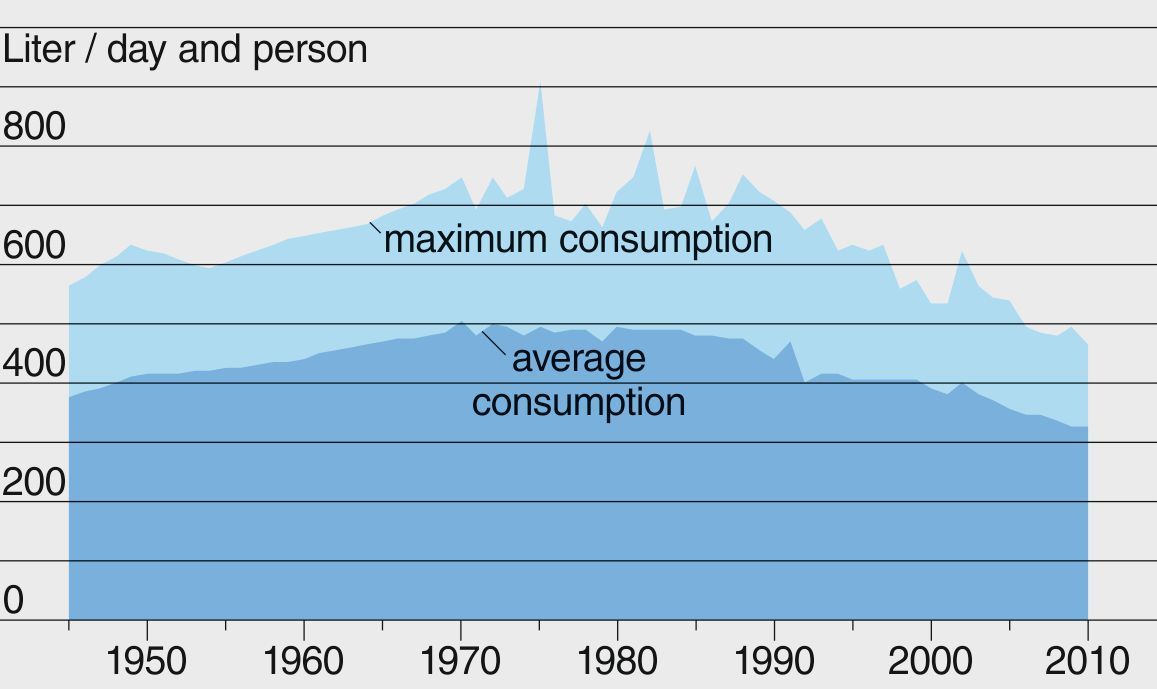Events, News, Publications

Swiss Water Resources – What is at Stake? Bettina Schaefli (CHy) at the 23rd Swiss Global Change Day
On 19 April 2023, the Swiss climate and global change science community met for the 23rd time at the annual Swiss Global Change Day organised by ProClim. Bettina Schaefli, President of the CHy, held a talk on Swiss water resources.
Image: Andres Jordi, SCNAT
BAFU: Wissenschaftliche/r Mitarbeiter/in Trockenheit und Wassernutzung (70 %)
Das Bundesamt für Umwelt (BAFU) sucht eine/n Wissenschaftliche/r Mitarbeiter/in Trockenheit und Wassernutzung (70 %). Sie arbeiten am Aufbau der neuen Trockenheitsinformations- und Warnplattform des Bundes mit und koordinieren den Aufbau eines Wassernutzungsmonitorings für die Schweiz.
Image: Gabriela Brändle, Agroscope
Wasserressourcen: Bundesrat will Sicherheit für Wasserversorgung der Schweiz
Der Bundesrat hat an seiner Sitzung vom 18. Mai 2022 einen Bericht zur Wasserversorgungssicherheit verabschiedet. Angesichts des Klimawandels stellen sich Fragen, wie künftig die bestehenden Bedürfnisse am besten abgedeckt werden können. Der Bundesrat schlägt verschiedene Massnahmen vor. Unter anderem empfiehlt er den Kantonen, ein regionales Wassermanagement durchzuführen und den aktuellen Wasserverbrauch umfassender zu messen. Der Klimawandel wird sich auch auf die Wassernutzung in der Landwirtschaft auswirken.
Image: C. RitzEffects of climate change on Swiss water bodies
The report ‘Effects of climate change on Swiss waters’ gives a concise overview of the results of the HydroCH-2018 project and is a gateway to further technical information and data.
Image: BAFU
Wallis – Wassernutzung im Wandel
Das zweite Modul «Wallis – Wassernutzung im Wandel» enthält die Themen «Wasserdargebot», «Nutzung des Wassers», «Wasserverteilung» und «Wasserbewirtschaftung bis 2100».



